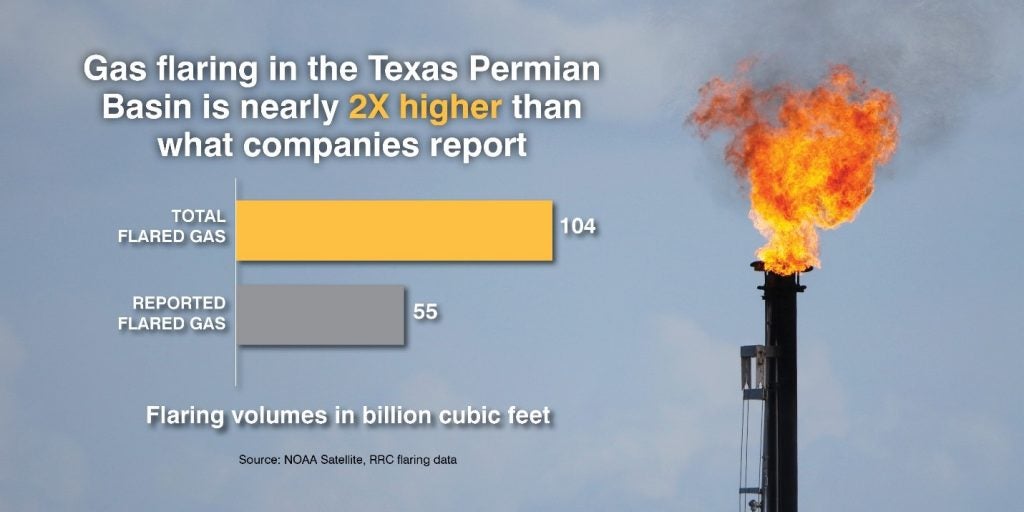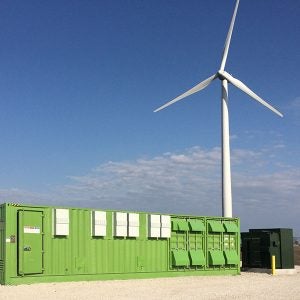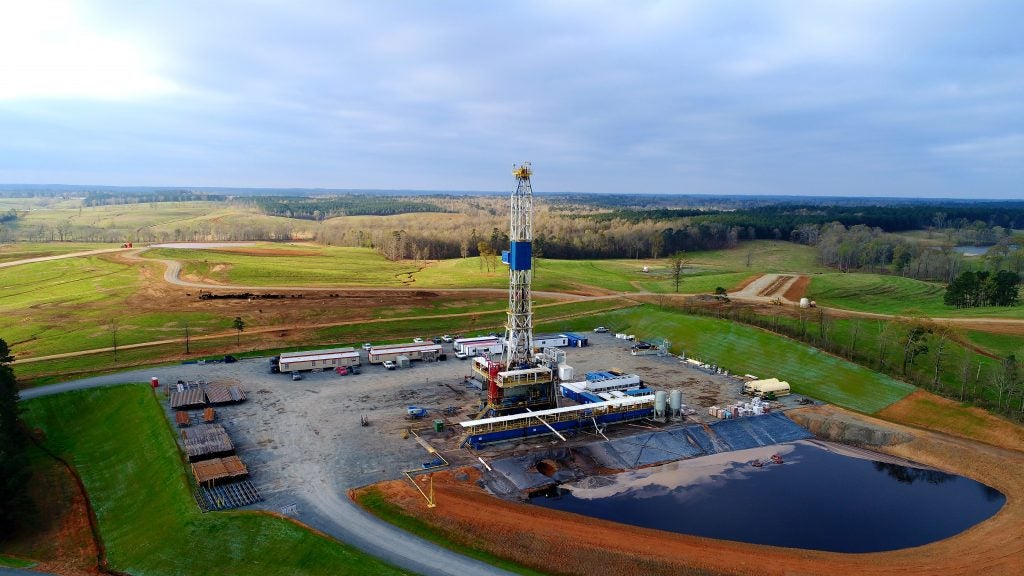 At the Baker Hughes GE Annual Meeting this week in Florence, Italy, a CEO began his presentation with this bold adage: “Digital strategy equals business strategy.” Executives on nearly every panel pointed to the digital opportunity.
At the Baker Hughes GE Annual Meeting this week in Florence, Italy, a CEO began his presentation with this bold adage: “Digital strategy equals business strategy.” Executives on nearly every panel pointed to the digital opportunity.
As the oil and gas industry invests in the digital transformation to improve competitiveness, companies should seize the opportunity to integrate methane emissions management into their broader digital agendas, as a key way to maximize value and stay competitive in the low carbon energy transition.
Leveraging the transformation to tackle methane
The oil and gas industry is embarking on a holistic digital transformation, one that is disrupting virtually every facet of the business. Digitalization of the oilfield , which includes innovations such as automated asset management, predictive maintenance, and industrial internet of things (IIoT), has the potential to unlock tremendous value – up to $1.6 trillion.














